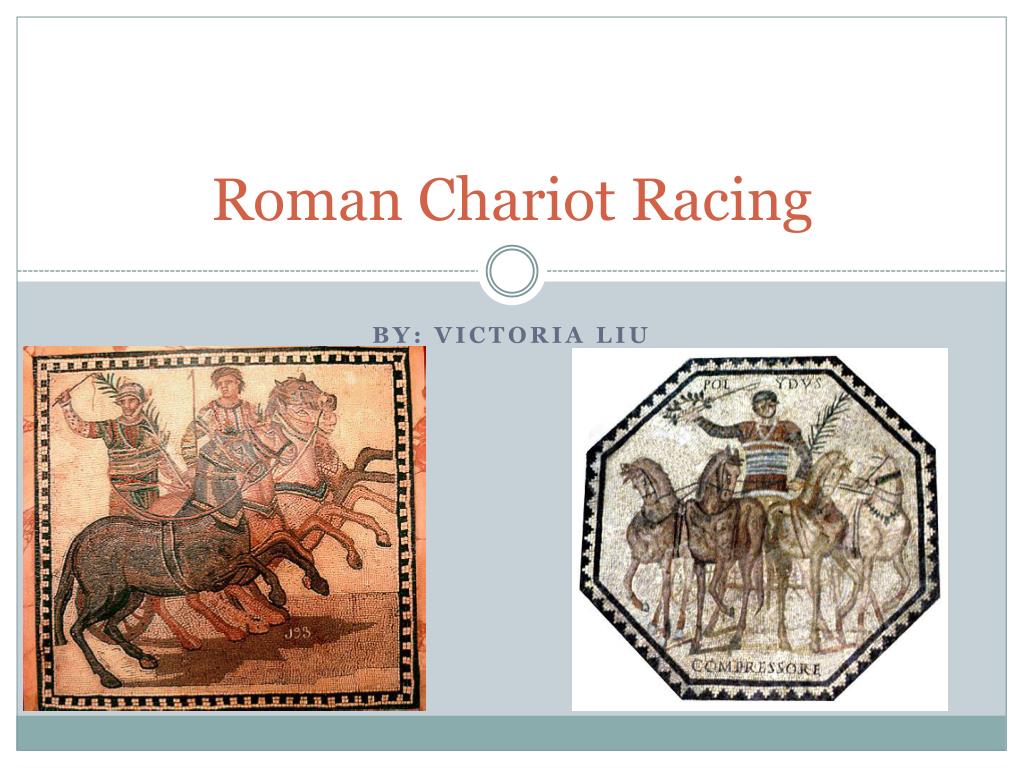

This helps explain why Roman and later Byzantine emperors took control of the teams and appointed many officials to oversee them. The rivalries were sometimes politicized, when teams became associated with competing social or religious ideas. As in modern sports like soccer, spectators generally chose to support a single team, identifying themselves strongly with its fortunes, and violence sometimes broke out between rival factions. In the Roman form of chariot racing, teams represented different groups of financial backers and sometimes competed for the services of particularly skilled drivers. Chariot races could be watched by women, who were barred from watching many other sports. Chariot racing was dangerous to both drivers and horses as they often suffered serious injury and even death, but these dangers added to the excitement and interest for spectators. Classics professor Peter Struck describes him as “the best paid athlete of all time”.Ĭhariot racing was one of the most popular ancient Greek, Roman, and Byzantine sports. His winnings reportedly totaled 35,863,120 sesterces, an amount which could provide a year’s supply of grain to the entire city of Rome, or pay the Roman army at its height for a fifth of a year. Records show that he won 1,462 out of the 4,257 four-horse races he competed in. Diocles is also notable for owning an extremely rare ducenarius, a horse that had won at least 200 races. The Spanish Andalusian horse, known as the Horse of Kings, had been used by Roman and other Generals of armies as a war horse for centuries before the chariot races. He most commonly raced four-horse chariots, and in most of his races he came from behind to win. Ancient Roman mosaic floor with names and images of famous race horses in Circus Maximus. Gaius Appuleius Diocles was considered to be by far the most successful Chariot Racer in Ancient Rome.


 0 kommentar(er)
0 kommentar(er)
